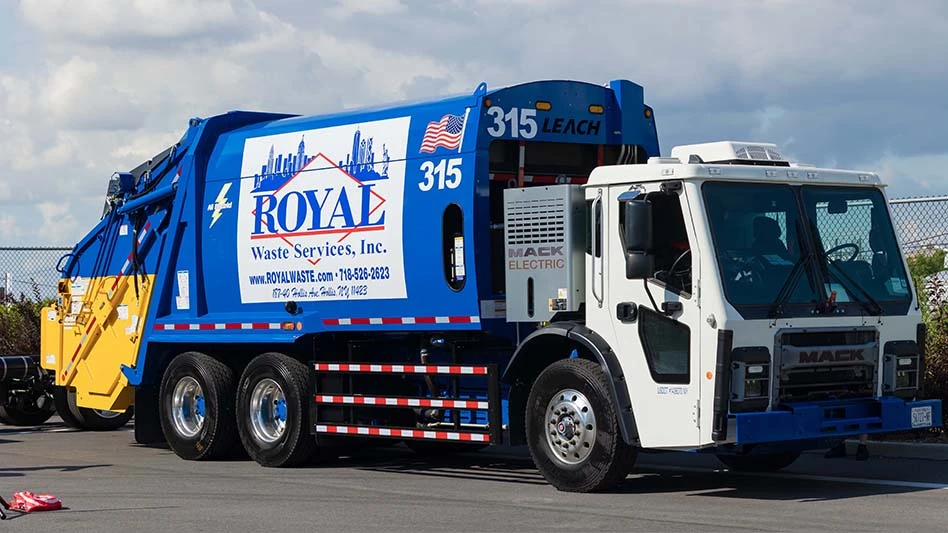
The U.S. Environmental Protection Agency (EPA) announced May 18
that it has taken the next step to implement an important per- and
polyfluoroalkyl substances (PFAS) requirement of the National Defense
Authorization Act (NDAA). The NDAA added 172 PFAS to the list of chemicals
required to be reported to the Toxics Release Inventory (TRI) and established a
100-pound reporting threshold for these substances. The agency is publishing a
final rule that officially incorporates these requirements into the Code of
Federal Regulations for TRI.
“EPA continues to prioritize and make progress to protect the
health and well-being of communities across the country that are working to
address PFAS,” EPA
Administrator Andrew Wheeler says. “The inclusion
of these 172 PFAS on the TRI list will provide EPA and the public with
important information on these emerging chemicals of concern.”
As this action is being taken to conform the regulations to a congressional
legislative mandate, this rule is effective immediately. Per the NDAA requirements,
the PFAS additions became effective as of January 1, 2020. Reporting forms
for these PFAS will be due to EPA by July 1, 2021, for calendar year 2020 data.
EPA expects to release raw data from information collected by July 31, 2021.
To provide clear information on which chemicals fall under the
NDAA requirement, EPA released a list in February of 172 PFAS chemicals that
are subject to TRI reporting. Facilities in TRI-covered industry sectors should
track and collect data on these PFAS during 2020, EPA says. All TRI reporting
requirements apply to these PFAS (e.g., supplier notification) and TRI
reporting exemptions, if applicable, are available for these PFAS. TRI
reporting requirements state that a facility should use readily available data
collected pursuant to other provisions of law or, where such data are not
readily available, reasonable estimates of the amounts involved.
EPA’s TRI is a tool that provides the public with information
about the use of certain chemicals by tracking their management and associated
activities. U.S. facilities in different industry sectors must report annually
how much of each chemical is released to the environment and/or managed through
recycling, energy recovery and treatment.
The final rule is available online.
Get curated news on YOUR industry.
Enter your email to receive our newsletters.
Latest from Waste Today
- US Senate backs reduced cuts to EPA
- Waste Connections announces Q2 results
- Returnity and Cosmoprof to address reusable bag waste
- SWANA releases report on aging WTE facilities
- New economic assessment reveals cost benefits of California’s SB 54
- Premier Truck Sales & Rental opens new facility
- TeknTrash Robotics, Sharp Group partner on humanoid robot pilot
- Stadler equips mixed waste sorting plant in Sweden





